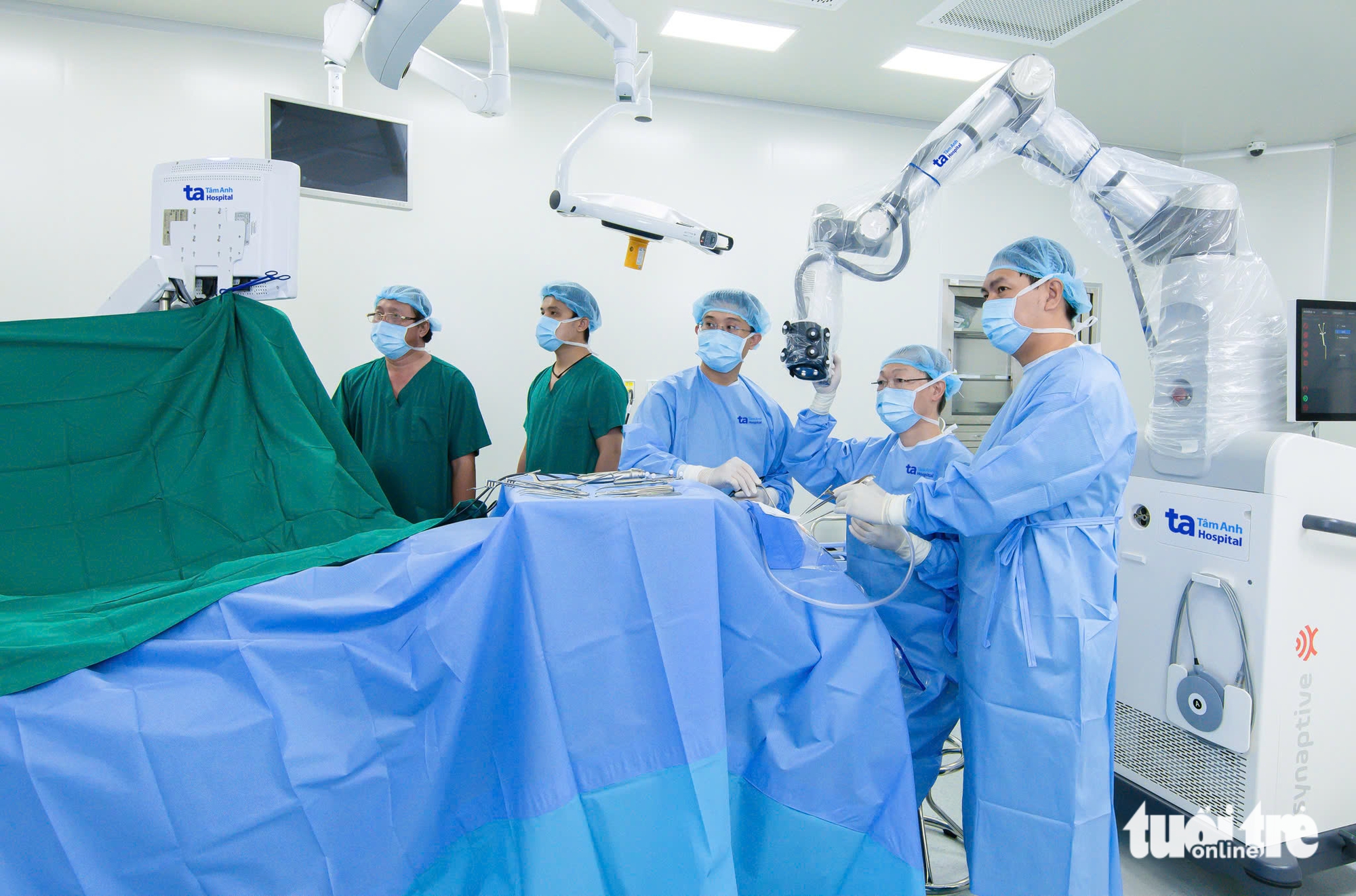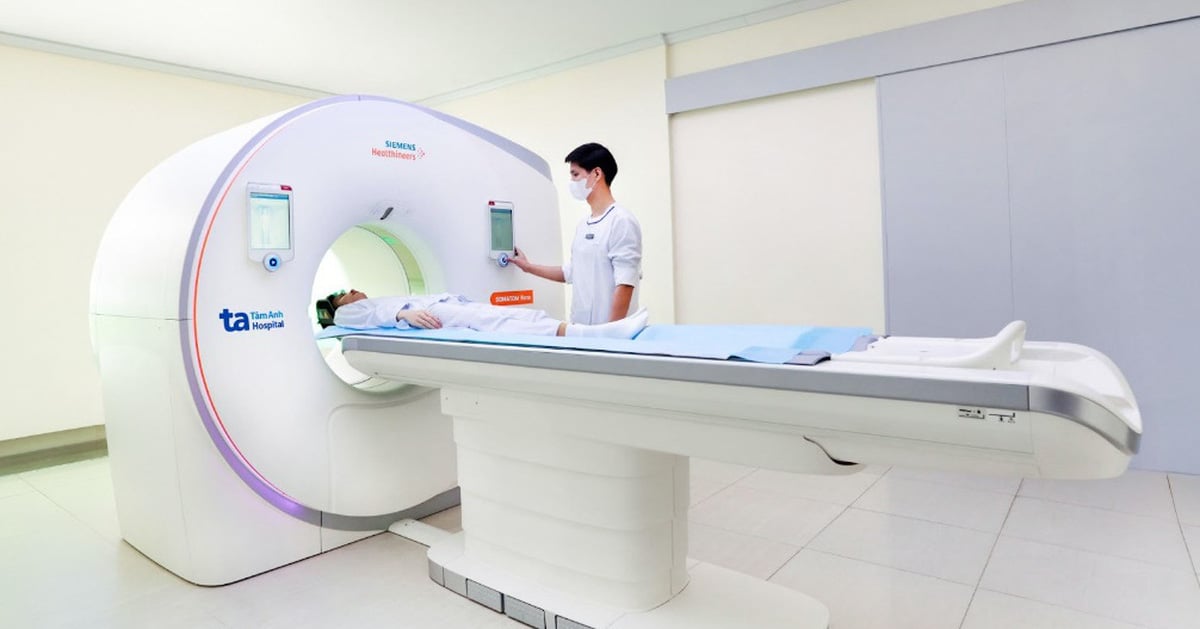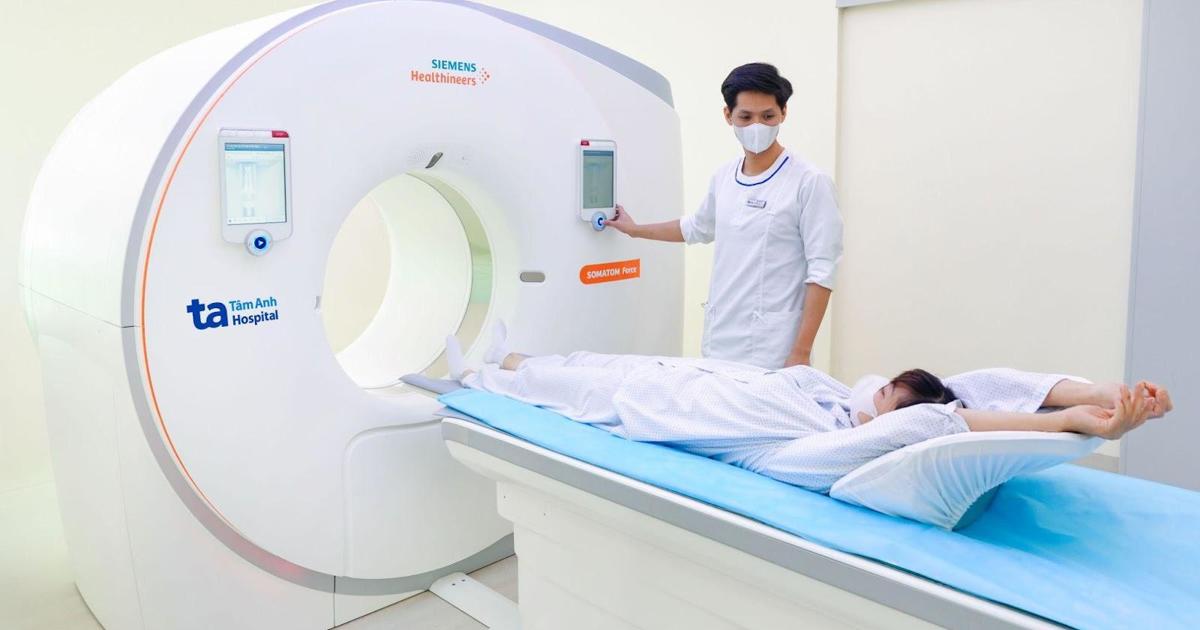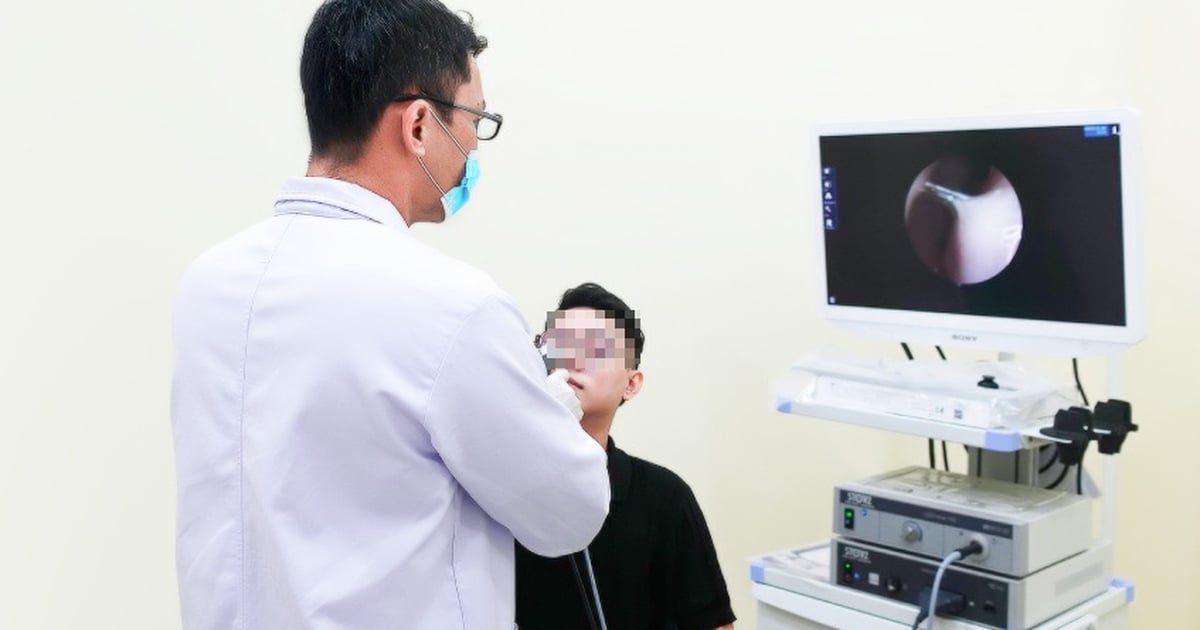On May 16, Tam Anh General Hospital (HCMC) announced that the hospital had just admitted a female patient NTN (50 years old, living in HCMC) suffering from 3 serious skin diseases at the same time, this is called mixed connective tissue disease.
Accordingly, 2 months ago, patient N. noticed that the skin on his feet was scaly and harder than other areas of skin. His fingers and toes were swollen and had joint pain. A few days later, the skin on his feet became even harder and felt like wood. Not only was the skin near his ankle and behind his left heel cracked, but the fat layer was also exposed, causing swelling, pain, and aching. At the same time, patient N. discovered that his face, hands, and feet had a red rash that quickly spread throughout his body.
The patient went to a clinic near his home. After a few days of taking the medicine, his condition did not improve so he went to the hospital.

Woman with mixed connective tissue disease leaves skin on legs as hard as wood
Specialist Doctor Vo Thi Tuong Duy (dermatology - cosmetic skin specialist, Tam Anh General Hospital) said that the patient had typical symptoms of mixed connective tissue disease including: stiff swollen fingers, muscle and joint pain, muscle fatigue, fatigue, ulcers on the legs, hardened skin on the legs and arms, ulcers in the area of hardened skin, red rash all over the body, choking on rough food...
Through the test results and imaging diagnosis, Dr. Tuong Duy diagnosed patient N. with mixed connective tissue disease, including: scleroderma, systemic lupus erythematosus, and dermatomyositis. Mixed connective tissue disease is a rare disease, with a rate of 1.9 cases/100,000 people (in the US). In particular, patient N. is even rarer when other patients only have one of the types of connective tissue disease, but Ms. N. has all three diseases at the same time.
"Overlapping symptoms increase the severity of the disease. If not treated promptly, the disease quickly develops complications such as: capillary damage, arterial occlusion, myocarditis, pleurisy, interstitial pneumonia, decreased esophageal motility, loss of swallowing ability, autoimmune hepatitis, seizures, aseptic meningitis, glomerulonephritis...", said Dr. Tuong Duy.
Patient N. was treated with antimalarial drugs (according to the Ministry of Health's connective tissue disease treatment regimen), specific drugs, anti-inflammatory drugs, oral emollients, pain relievers, and vitamins and minerals.
Doctor Tuong Duy advised the patient to take medication regularly at home, avoid exposure to sunlight, and keep his feet elevated when sitting or lying down to avoid swelling.
After a week of treatment, on May 15, patient N. returned for a follow-up examination. The doctor examined and found that the ulcer wound on his leg had gradually healed, the swelling in both legs had reduced significantly, the skin was softer, and there was no more pain or fatigue...
According to Dr. Tuong Duy, mixed connective tissue disease is an autoimmune syndrome, caused by autoantibodies attacking cells of connective tissue, causing damage to multiple organs such as: muscles, joints, skin, vascular system... If patients do not receive early treatment, they will be at risk of dangerous complications such as: vascular damage in the skin, joints and internal organs leading to myocarditis, glomerulonephritis, capillary damage, arterial occlusion, pleurisy, interstitial pneumonia, esophageal dysmotility, loss of swallowing ability, autoimmune hepatitis, seizures, aseptic meningitis, glomerulonephritis... Treatment aims to maintain the disease at a stable level, avoiding life-threatening complications.
Doctors also recommend that people who have symptoms of connective tissue disease should see a dermatologist early for diagnosis and treatment. People with connective tissue disease should never stop taking medication or stop treatment on their own, as this can lead to a flare-up of the disease and life-threatening complications. In addition, patients should have regular check-ups to be monitored by a doctor and prevent complications.
Source link




![[Photo] Closing of the 11th Conference of the 13th Central Committee of the Communist Party of Vietnam](https://vstatic.vietnam.vn/vietnam/resource/IMAGE/2025/4/12/114b57fe6e9b4814a5ddfacf6dfe5b7f)


![[Photo] Overcoming all difficulties, speeding up construction progress of Hoa Binh Hydropower Plant Expansion Project](https://vstatic.vietnam.vn/vietnam/resource/IMAGE/2025/4/12/bff04b551e98484c84d74c8faa3526e0)








![[Video] First time in Vietnam: Successful implantation of 3rd generation partial artificial heart](https://vstatic.vietnam.vn/vietnam/resource/IMAGE/2025/4/12/8817412224094c68ba2c744b7bd5cfea)













































































Comment (0)